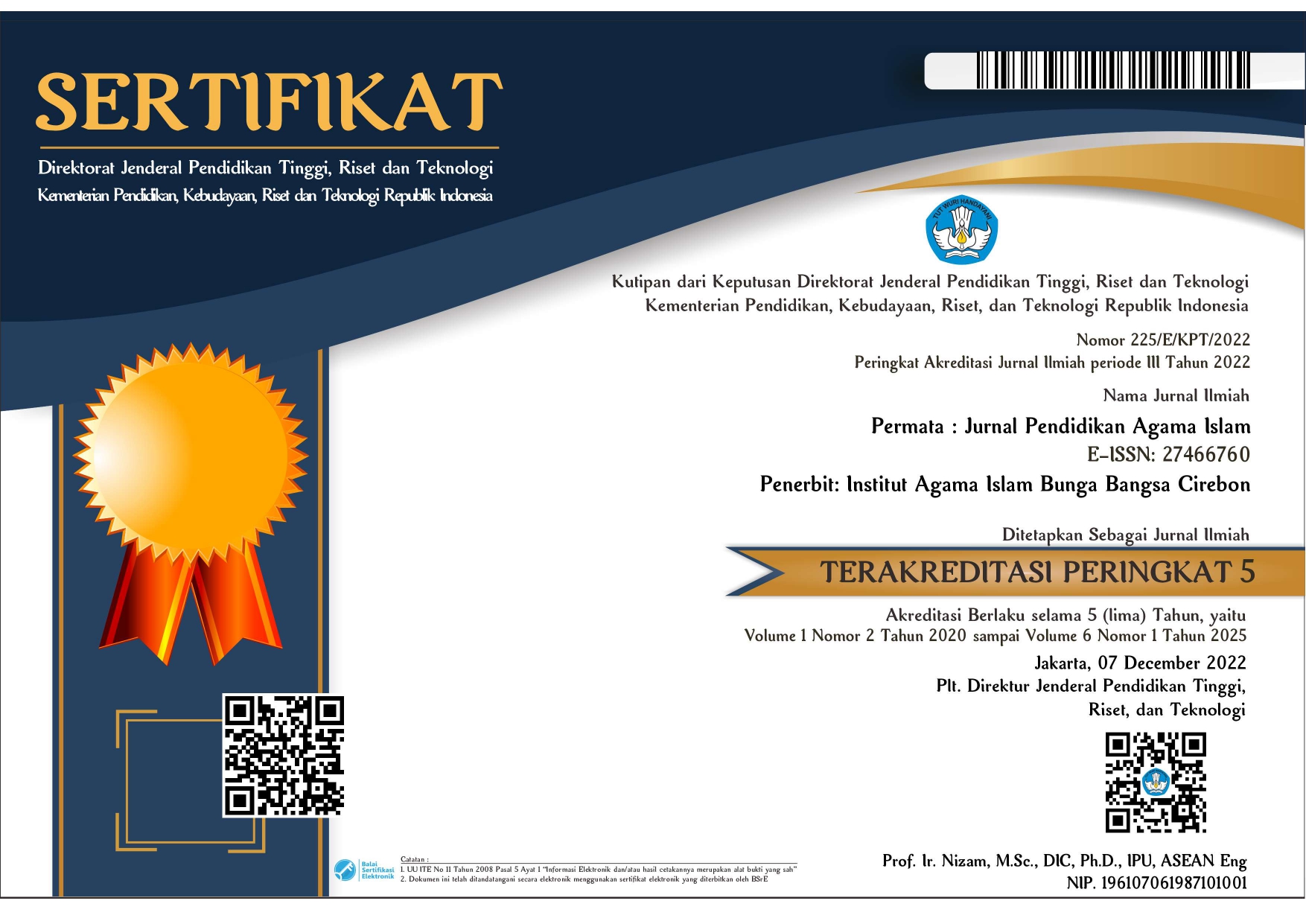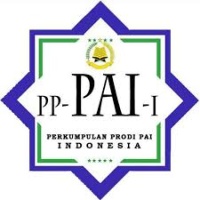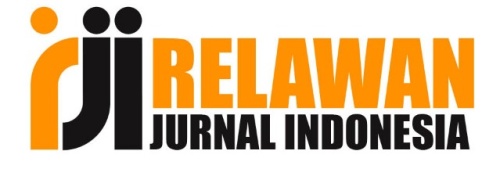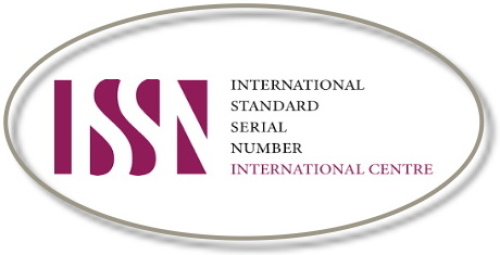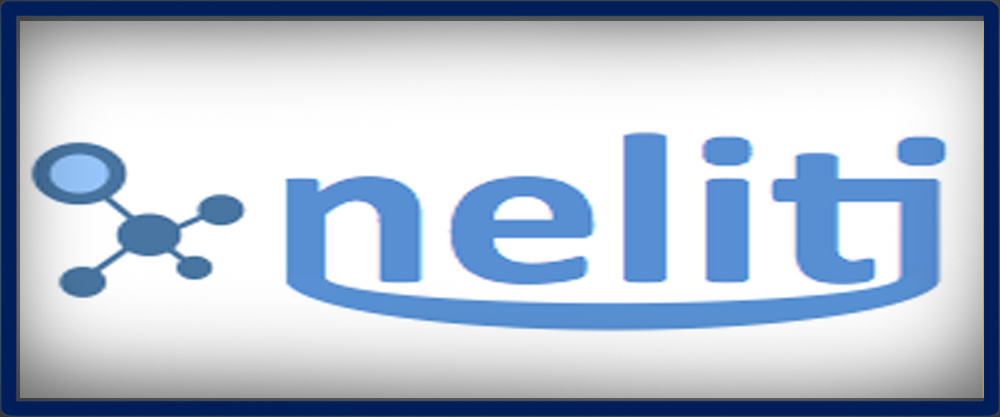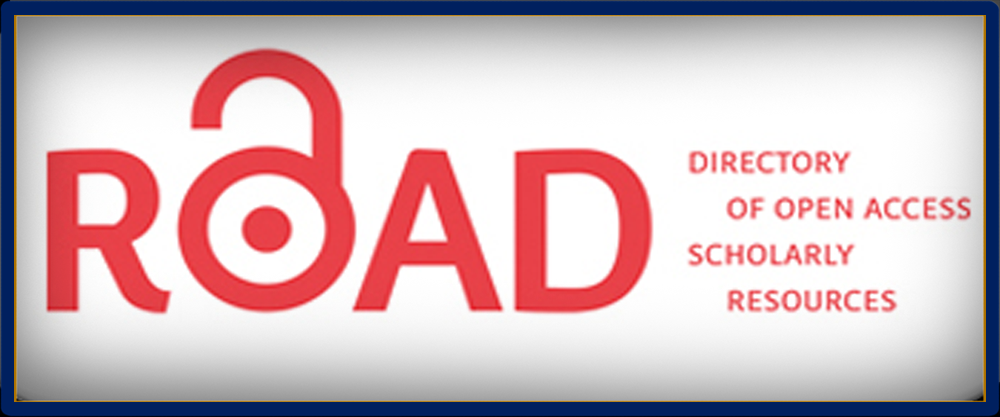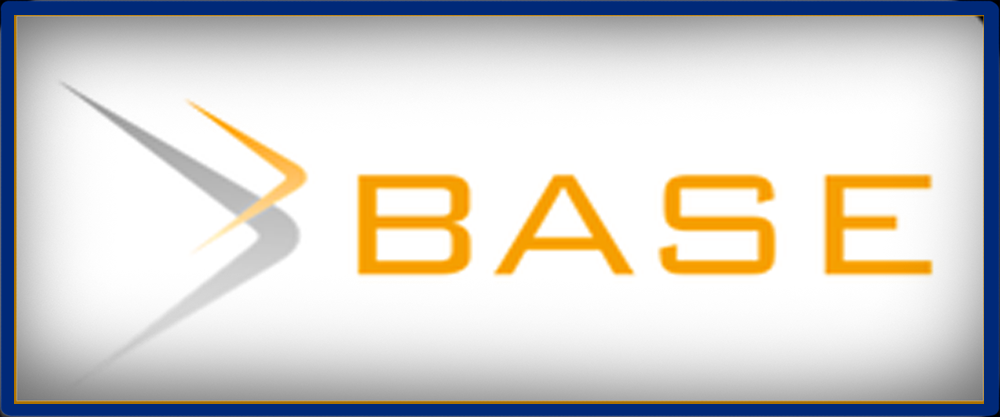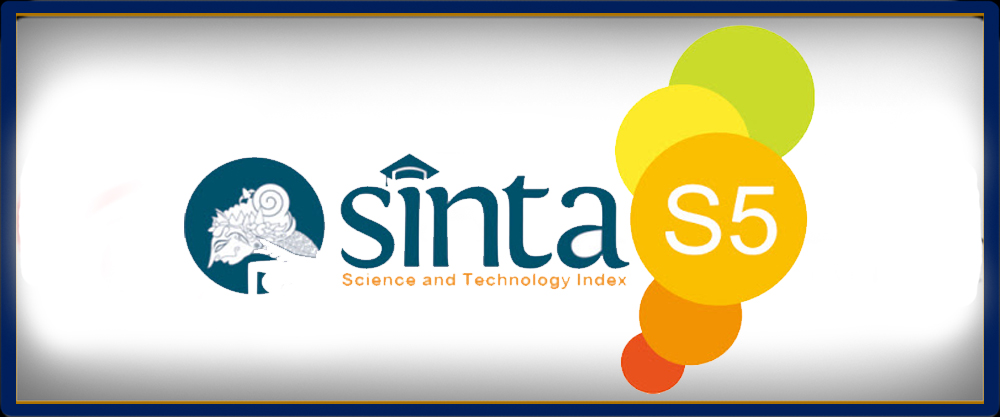Efektivitas Pembelajaran Fikih Menggunakan Media YouTube di Kelas XI SMA Ardaniah Serang Banten
Abstract
YouTube functions as software designed for tools, manipulation, and the communication of information. The aim of this investigation was to assess the impact of implementing YouTube as an effective platform for Islamic Religious Education. This research employs a qualitative design with SMA Ardaniah Serang Banten as the location setting.
Data collection methods involve observation, interviews, and documentation. The analytical approach utilizes data reduction through the comparison of interview outcomes with other data.
The findings of this study encompass: (1) Streamlining the learning process of Islamic Religious Education to facilitate information retrieval, manipulation, management, and knowledge transfer; (2) Cultivating skills in Information and Communication Technology (ICT) to enhance the smoothness of the learning process; (3) Enhancing teacher professionalism in utilizing YouTube as a medium, particularly in PAI lessons; and (4) Transforming schools into dynamic and creative learning institutions, fostering student motivation and a perpetual curiosity about PAI learning. Effective learning necessitates meticulous planning, including the selection of appropriate media for the learning process. The YouTube application, as a learning support tool, proves highly effective in PAI education in the technology era, both generally and specifically within SMA Ardaniah Serang Banten.
Keyword : Learning Media; YouTube Media; Fiqh Learning
Downloads
References
Asyarofah, W., Vidiati, C., & Selasi, D. (2023). Pemahaman Berinvestasi Melalui Financial Technology (Fintech) Pada Generasi Gen Z. Bridging Journal of Islamic Digital Economics and Management, 1(1), 164-171.
Arif, M. (2012). Teknologi Pendidikan. IAIN Kediri Press.
Burke, S. C., & Snyder, S. L. (2008). YouTube: An Innovative Learning Resource for College Health Education Courses. International Electronic Journal of Health Education, 11, 39-46.
Cahyono, G. (2019). Pemanfaatan Media Youtube Dakwah Ustadz Adi Hidayat dalam Pengembangan Materi Fikih Madrasah Ibtidaiyah. At-Tarbawi: Jurnal Kajian Kependidikan Islam, 4(1), 78. https://doi.org/10.22515/attarbawi.v4i1.1474
David, E. R., Sondakh, M., & Harilama, S. (2017). Pengaruh Konten Vlog dalam YouTube Terhadap Pembentukan Sikap Mahasiswa Ilmu Komunikasi Fakultas Ilmu Sosial dan Politik Universitas SAM Ratulangi. Acta Diurna Komunikasi, 6(1).
Iwantara, I. W., Sadia, I. W., & Suma, K. (2014). Pengaruh Penggunaan Media Video YouTube dalam Pembelajaran IPA Terhadap Motivasi Belajar dan Pemahaman Konsep Siswa. Jurnal Pendidikan Dan Pembelajaran IPA Indonesia, 4(1).
Khoiron, M. (2021). Media Pembelajaran untuk Generasi Milenial Tinjauan Teoritis dan Pedoman Praktis. Scopindo Media Pustaka.
Munawaroh, I. (2010). Pemanfaatan Teknologi Informasi dan Komunikasi untuk Menumbuhkan Kreativitas dan Kemandirian Belajar. Universitas Negeri Yogyakarta, 8.
Nurseto, T. (2012). Membuat Media Pembelajaran yang Menarik. Jurnal Ekonomi Dan Pendidikan, 8(1), 19-35. https://doi.org/10.21831/jep.v8i1.706
Rahmani, T. (2016). Penggunaan Media Sosial Sebagai Penguasaan Dasar-dasar Fotografi Ponsel (Studi Deskriptif Kualitatif pada akun Instagram@ kofipon) (Doctoral dissertation, UIN Sunan Kalijaga Yogyakarta).
Rodiyah, S. (2023). Data Wawancara Bersama Guru PAI.
Rusydiyah, E. F. (2020). Media Pembelajaran Problem Based Learning (Skripsi, UIN Sunan Ampel Surabaya).
Schindhelm, K., Lustenberger, N., Nordmeyer, C., Farrell, P., & Stolte, H. (1982). Middle Molecules in Patients with Pre-Dialysis Chronic Renal Failure: A Comparative Clearance Study. Clinical Nephrology, 17(4), 200-205.
Sugianto, R., Kulsum, U., & Hasbullah, H. (2020). Penggunaan Media Komik pada Materi Akidah Akhlak dalam Peningkatan Motivasi Belajar. Geneologi PAI: Jurnal Pendidikan Agama Islam, 7(2), 95-103. https://doi.org/10.32678/geneologipai.v7i2.3677
Sugiyono, D. (2013). Metode Penelitian Kuantitatif, Kualitatif, dan Tindakan. Alfabeta.
Suryani, N. (2016, January). Pengembangan Media Pembelajaran Berbasis IT. In Prosiding Seminar Nasional Teknologi Pendidikan.
Taylor, M., Atas, S., & Ghani, S. (2018). Exploring the Experiences of Students and Professors in a Blended Learning Graduate Program: A Case Study of a Faculty of Education. Online Course Management: Concepts, Methodologies, Tools, and Applications, 2, 958–973. https://doi.org/10.4018/978-1-5225-5472-1.ch048
Zainiyati, H. S. (2018). Pengembangan Media Pembelajaran Agama Islam Berbasis ICT. Kencana.


